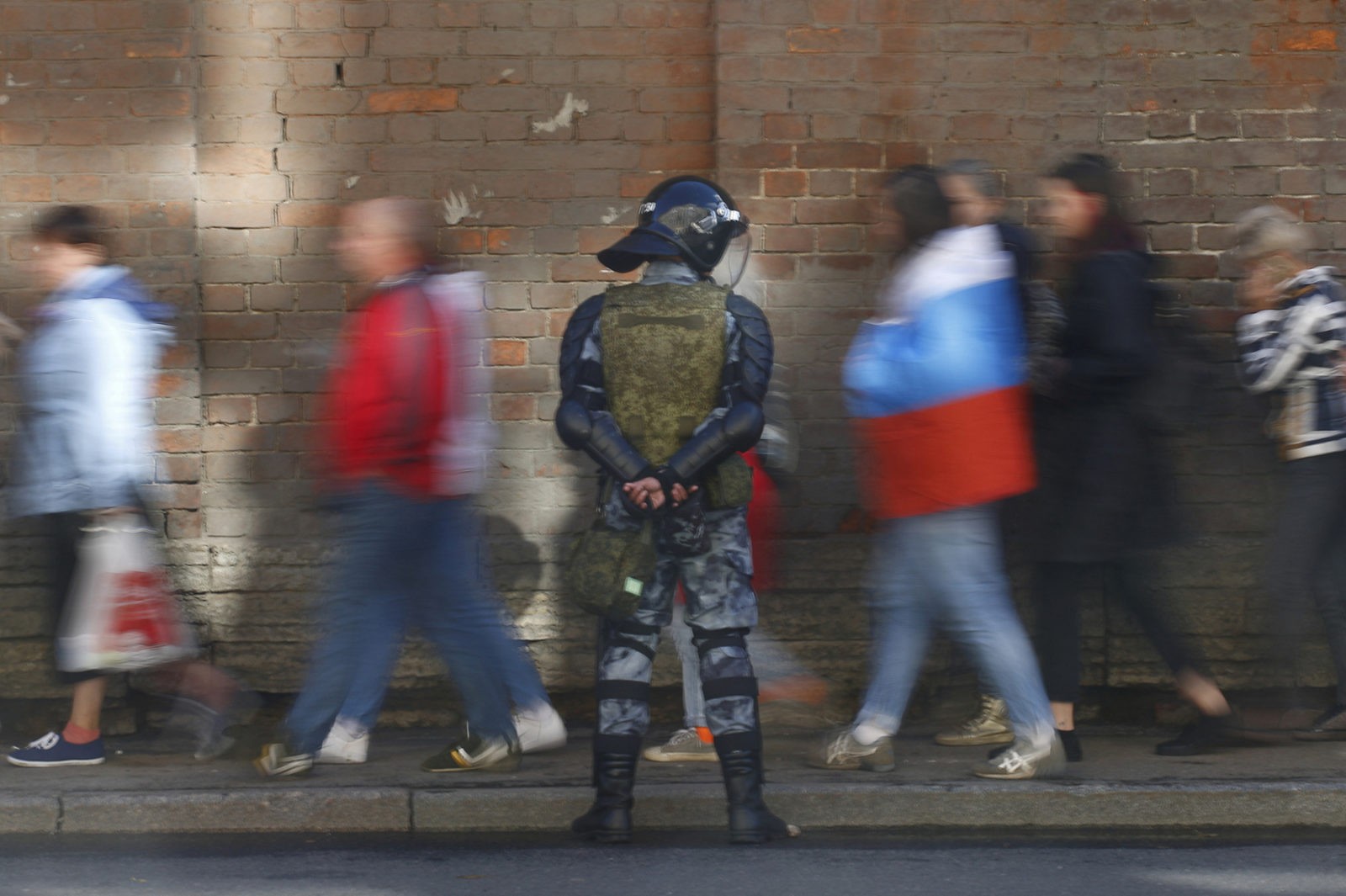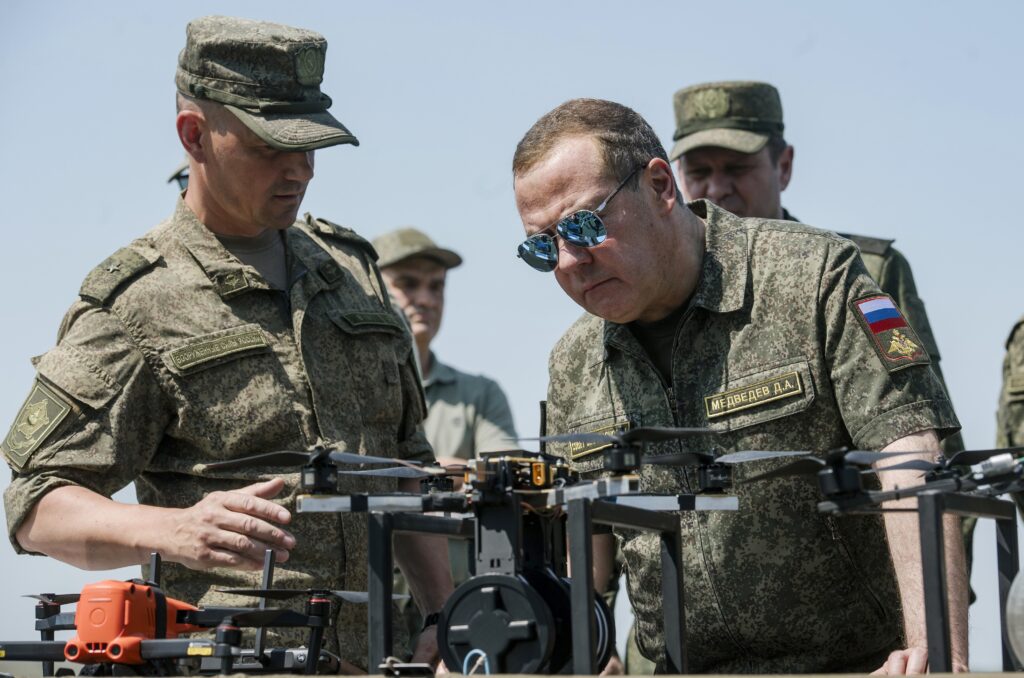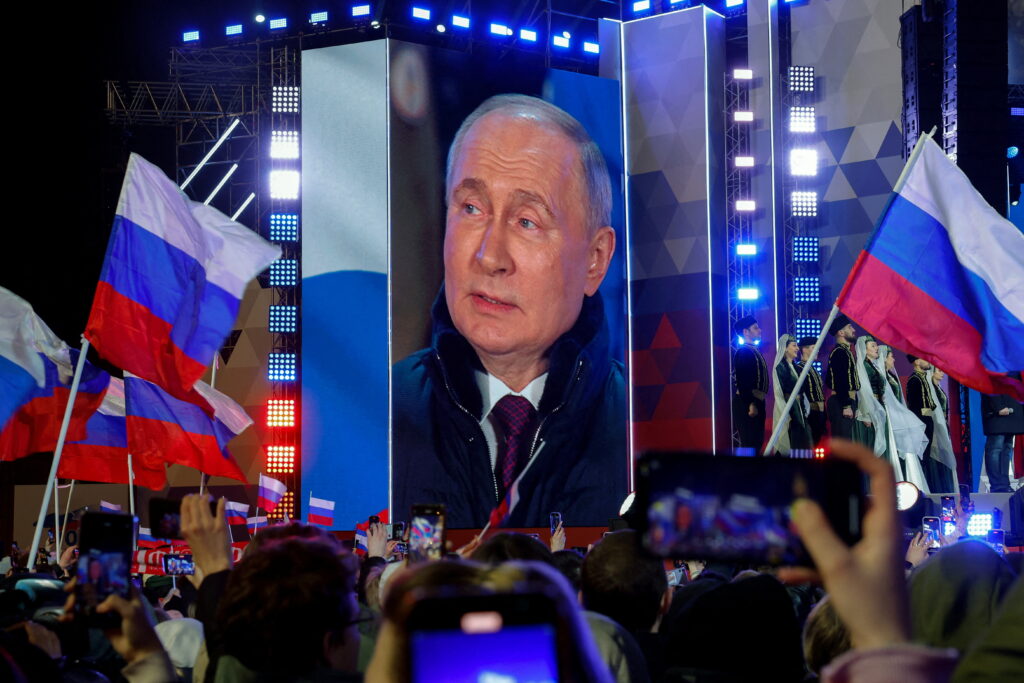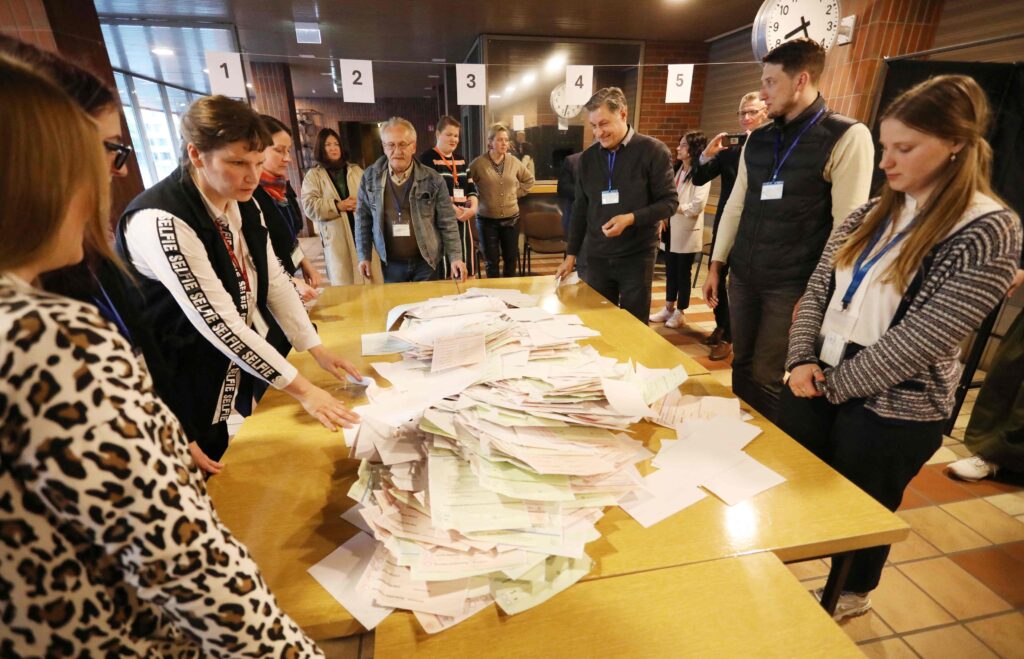Protests have nearly become an integral part of the Russian political landscape over the last two years. Prior to 2012, only the 2005 protest against the replacement of benefit allowances with direct payments could be described as notable. Nowadays, the plethora of reasons for protest actions as well as their different forms is far more diverse. There are a wide range of reasons for an increasingly creative spread of demonstrations and performance art.
This is no anomaly. Rather, Russian society is beginning to resemble one in which peaceful forms of protest are quite common. Protests are just politics as usual. They are without doubt more widespread in countries with higher living standards and more democratic systems of governance. There, citizens are more demanding, better organised and the likelihood of violent suppression is lower. In Russia, the number of ensuing protests at any given time doesn’t compare to that in Europe. Still, cycles of protest activity can be outlined. 2010-2012 – heritage preservation and ‘For Fair Elections!’ movements; 2017-2018 – opposition movements and slightly less active heritage preservation movements. A handful of anti-war rallies against the military actions in Ukraine were organised in 2014. However, the scale of these protests did not trigger a new turn of the protest cycle.
Politics as usual?
Frequency of protests in Russia

Source: Banks, Arthur S., Wilson, Kenneth A. 2017. Cross-National Time-Series Data Archive
The growing frequency of protests comes with qualitative changes. First, the geography of protest is changing. Before, activity was observed for the most part in Moscow and St. Petersburg and several regional capitals. It is currently more prevalent in other large Russian cities. Second, the profile of participants at rallies and demonstrations has changed. Before 2012, pensioners were the most active citizens. Now, Russia’s youth is becoming more active. Third, protest activity is becoming more politicised. In 2011-2012, protesters in Moscow would point to procedural aspects and injustice. They were rarely identifying themselves as part of any kind of opposition movement. Since 2014, protesters have been gradually changing their attitudes towards politics, which had been perceived as a ‘dirty business’. Pro-Navalny rallies are no longer election-related per se. The release of a Navalny investigation video suffices to rally people.
Peaceful protest may be an integral part of everyday political life in developed countries. But Russia is a special case for its protest format and protester profile. The role of the political regime is decisive in this regard. Individual risks of participation in protest actions are higher. Efforts aimed at coordinating and organising protest actions are greater. Despite these limitations, both the frequency and scale of protests are on the rise.
Elections as a rallying point
Protest politicisation was first observed during the previous wave of protests. These took place in the aftermath of the 2011-2012 elections. Some of the slogans were opposition-linked or political. Still, the majority of slogans referred to procedural infringements and the ‘theft’ of votes. The overall election agenda facilitated coordinated efforts. It became an acid test for the joint capacity of a united opposition. But it would be naïve to think the idea of the protest action was conceived on election day. Civic activists and opposition groups had carried out preparations earlier. In other words, they taught voters to identify signs of vote rigging. That meant voters became equipped to identify election fraud. Still, ‘the objective quality’ of elections is not correlated with protest potential as such. Voters and oppositionists in hopeless situations usually lack the required infrastructure to rally. Complaints over vote-rigging emerge when activists, organisations, mobile applications and other forms of grassroots information-sharing and self-organisation start having an effect.
Calls for protest actions in Primorsky Krai voiced by Navalny and the Communists in September this year followed this logic. An election creates the opportunity for protests and serves as a clear example of procedural injustice. Procedural injustice is the easiest way to rally representatives of divided opposition groups.
The new wave of protests has better organisation in comparison to the 2011 protests. This is linked to with the latest election campaign. Teams worked out in the open. Citizens had access to online applications to resolve their problems with utilities. The ‘uberisation’ of elections was observed, allowing for opposition candidates in municipalities to be selected based on automated online applications. Opposition groups used online communities to mobilise people and disseminate information about upcoming events. For example, mobilisation was weak before Navalny started to post about the establishment of online coordination groups on social media.
The ‘For Fair Elections!’ movement is part of organisational legacy in the Russian regions. Bremen researcher Jan Dollbaum discovered that many of the activists who participated in the 2011-2012 protests have created at least one human rights organisation which assists citizens on a regular basis. In other words, the movement has left a trace (although any social movement comes to an end sooner or later). Its legacy remains in more institutionalised forms of activities on the ground.
The dynamic of Navalny’s actions (number of election teams and open online groups) and participation of city residents in anti-corruption rallies

Source: data provided by Alexandra Rumyantseva
Waves of protest. And a learning curve
Every round of protest draws on the legacy of the last. The opposition is gradually learning how to best prepare supporters to respond to elections. They are figuring out ways to take advantage of other opportunities for protest actions. This is a breakthrough compared to 2011-2012. Opposition groups – from local Communists to Navalny’s supporters – have learned to form tactical coalitions. These reduce the costs of clandestine activity. Given the situation, the issue of pensions served to unite the left wing as well as Navalny supporters. Yet there remains a divide. Heritage preservation movements in St. Petersburg led by local ‘Yabloko’ activists still do not coordinate with the anti-corruption movement, which is the domain of Navalny and his supporters.
No protest can happen without established civil or political groups. In this sense, none of the protest actions are entirely spontaneous. Groups of coordinator activists acquire skills and hone their tactics. They strive for more successful mobilisation with every round of protests. But one should not forget that the authorities are also refining their strategies. The most widespread and least costly form of response to protest sentiments is to co-opt them. If political differences are not deep, it is sometimes possible to bargain with career-minded activists. For example, in 2011-2012, the Communists sided with protesters in some of the regions, but showed zero solidarity with them in others. Provision of support was largely dependent on whether the Communist Party of the Russian Federation (CPRF) was allocated seats in a given region or not.
The most costly response to protests is open repressions. The Russian state has sophisticated repertoire of tricks at its disposal before resorting to violence. For starters, the preventive apprehension of protest leaders, or alleged fire-related threats at premises or impromptu festivals which take place at public venues selected in advance by opposition activists for their protests. When the repertoire of these measures has been exhausted, local and regional administrations are left with little alternative than to resort to the most brutal form of dealing with protesters. Since the use of violence is always risky from a reputational point of view even by the most bloodthirsty dictators, the spread of such information is suppressed and mass propaganda is employed instead.
What determines the government’s level of repressiveness?
It would not be an exaggeration to say that the authorities have incrementally learned how to respond to protests as a way of minimise costs. It cannot be stated that the Kremlin issues uniform instructions on how to deal with mass unrest. One can observe certain inconsistency on the ground. Regions vary. Some are far more repressive than others. According to OVD-Info, the Republic of Dagestan, city of Moscow, Tambov Oblast, St. Petersburg, Volgograd Oblast, and Krasnodar Krai are leaders in the number of detainees per protester.
On the other hand, there were virtually no arrests during anti-corruption rallies in Lipetsk, Novgorod, Belgorod, the Yaroslavl and Novosibirsk Oblasts, Zabaykalsky and Perm Krais. Even so, data on protests against the pension reform illustrate that once peaceful regions can switch to more repression. This is true of Perm Krai which unexpectedly resorted to violent means against protesters on September 9.


Source: OVD-Info, estimates by A. Mirovednikova
The authorities reacted differently during different waves of protests. In 2011-2012, the authorities refrained from mass detentions. Some analysts even argue that the relatively peaceful response boosted trust in the government among those who did not take part in the said protests. The logic behind this? By refraining from violence in December 2011, the government sent a message of being not as bad as demonstrators portrayed it. Repressions against participants in anti-corruption rallies and a milder reaction to the majority of heritage preservation actions (in other words, diversification of response) represent a relatively well-coordinated position. A diversified and unpredictable response to protests leads to uncertainty among opposition groups and in turn, has a restraining effect on their coordination efforts.
The level of repressiveness is lower in regions which enjoy a competitive advantage. In regions run by governors who have a stable and predictable relationship with the Kremlin, violence is used less often. In general, these governors do not fear the axe and so do not need to exhibit further signs of loyalty. Newcomers tend to be more violent governors in comparison to old-timers.
One way or another, protests no longer remain extraordinary events. Protest is part and parcel of politics as usual nowadays. The government will have to adapt to this new reality. Hence, either more sophisticated or more blatant, violent means will be employed.










